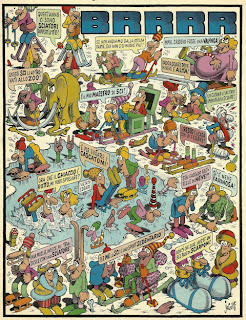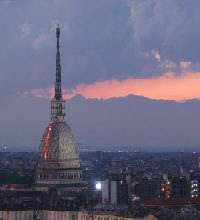Fu un mio caro amico a convincermi ad acquistare, alla fine del 1982, il vinile “Vienna” degli Ultravox. Sapendo della passione di quel tale amico per la new-wave, mi preparai all’ascolto di un genere diverso da quello che da sempre mi attira: il progressive. Infatti, all’inizio “Vienna” mi parve un album asettico, senza ‘spina dorsale’. Poi, ascoltandolo più volte – e con il passare degli anni – ho apprezzato sempre più quel suono synth-pop peculiare che lo caratterizza. Al punto che, riascoltandolo qualche settimana fa, ho deciso di farvene dono.
Voto personale: 7 / 10.
A dear friend of mine got me to buy the “Vienna” long-playing record (by Ultravox) in the end of 1982. I knew my friend was fond of new-wave music, so I set my mind up to listening to a different genre from the one I’ve always loved, i.e. prog rock. Indeed, “Vienna” sounded to me, at the beginning, like a dull, ‘spineless’ record. Then, as I listened to it several times – and as years went by – I found it wasn’t so bad: to sum it up, I began to appreciate the peculiar synth-pop sound this album consists of. And I listened to "Vienna" again a few weeks ago, after a very long time - I really dig it! That’s why I’m posting it today, for you to listen.
My personal mark: 7 out of 10.
ULTRAVOX (1980):
Warren Cann – batteria e percussioni, voce (drums and percussion, vocals)
Chris Cross – basso, sintetizzatori, cori (bass, synthesizers, backing vocals)
Billy Currie – tastiere, violino, sintetizzatori (keyboards, violin, synthesizers)
Midge Ure – chitarra, voce solista, sintetizzatori (guitar, lead vocals, synthesizers)
TRACK LIST:
1. Astradyne
2. New Europeans
3. Private lives
4. Passing strangers
5. Sleepwalk
6. Mr. X
7. Western promise
8. Vienna
9. All stood still
VIENNA (ULTRAVOX) - 64,2 MB
V.c. / S.c.
+-+Front+cover.jpg)

+-+Front+cover.jpg)
+-+Front+cover.jpg)
.bmp)

+-+1974.bmp)
+-+Front+cover.jpg)




+-+Front+cover.jpg)
+-+Front+cover.jpg)


+-+Front+cover.jpg)



+-+Front+cover.jpg)



















